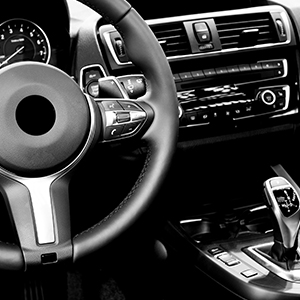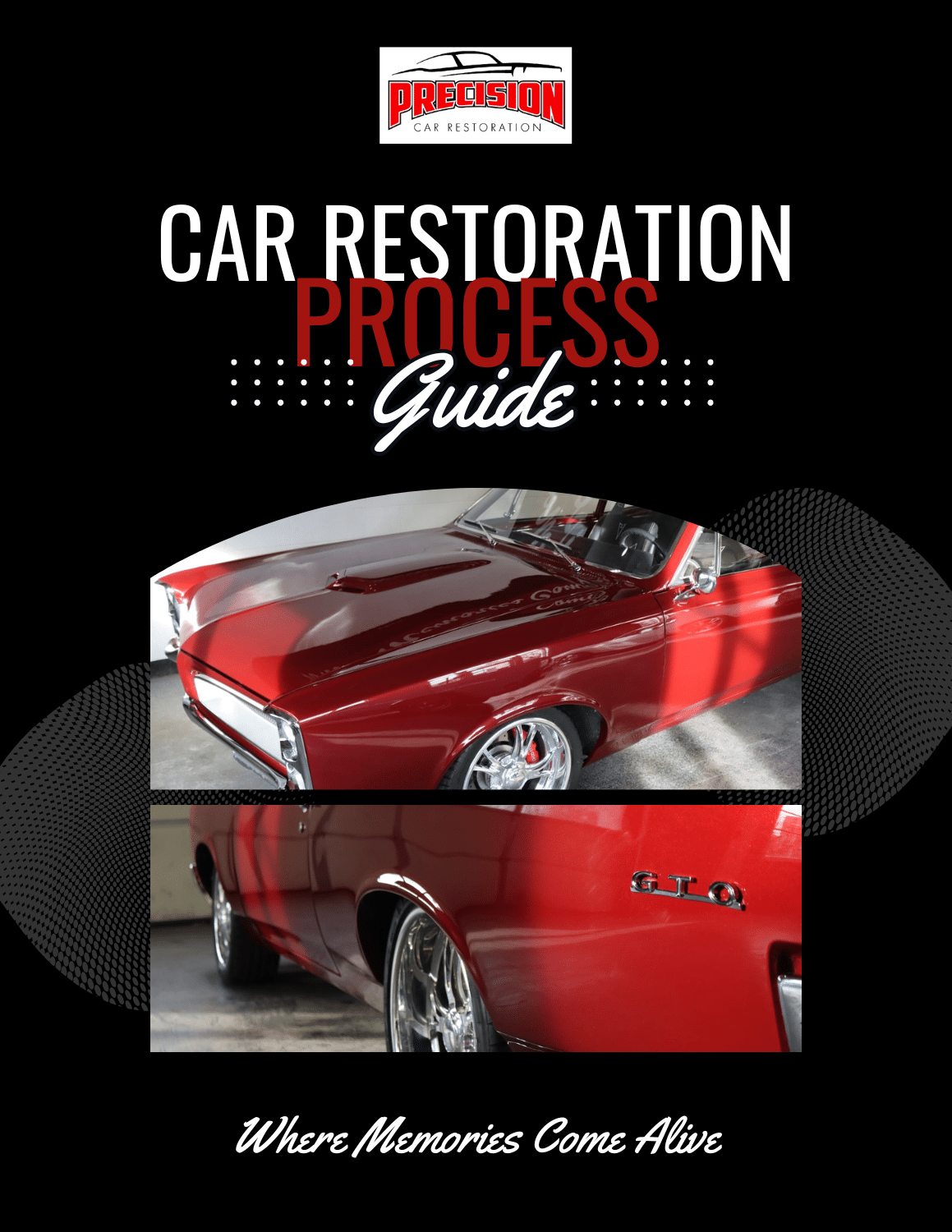 When most people think of classic car restoration, they imagine one of those “before and after” images that show up on late-night informercials — you know, the one where the before guy looks like he might get blown over by a slight breeze, and the after guy looks like The Rock.
When most people think of classic car restoration, they imagine one of those “before and after” images that show up on late-night informercials — you know, the one where the before guy looks like he might get blown over by a slight breeze, and the after guy looks like The Rock.
Of course, this is understandable — because the before-and-after impact of a meticulous, professional-grade car restoration is nothing short of transformative. It’s kind of like the difference between a picture of an apple and a real one, because once a car is restored to its original glory, the only word that comes to mind is WOW. You have to see it to believe it (and if you start shedding tears of joy, don’t worry — that happens a lot around here!).
However, as the adage goes “it’s what’s inside that counts” — which applied to the world of classic car restoration means that you don’t necessarily have to do anything to a vehicle’s exterior in order to make eye-opening, tear-jerking improvements. Below we highlight some high-impact areas and internal elements that you can restore instead of, or in addition to, the exterior:
-
Seat Upholstery
Whether your classic car is upholstered in cloth, leather or vinyl — or quite often, a mix of these materials — then there may be (and probably are) visible signs of wear and tear, along with damage and composition that naturally occurs over the passage of time. In some cases, it may be possible to repair or replace certain sections (e.g. the driver’s seat), which will speed up the process, and also lower your costs.
-
Carpets
While today’s top-of-the-line vehicles have carpets with built-in stain guard and other protective features, that wasn’t the case in the “good old days” when carpets were, well, carpets. They were functional, but nobody envisioned making sure that they looked (or even smelled!) good decades after leaving the factory floor.
The good news is that replacing carpets is typically easy and affordable. One key factor is whether the carpets in your classic car are molded or cut and sewn. Generally speaking, if the vehicle was made before 1970 then it probably has molded carpets, and if it was made after 1970 than it probably has cut and sewn carpets. While it may seem like molded carpets would be easier to install, it’s quite the contrary. Cut and sewn carpets not only look and fit much better, we find that they are easier to work with and can be customized.
-
Headliners
Headliners are a car’s roof lining. Sometimes this is suspended, other times it is a molded shell with fabric that adheres to the roof (this is usually the case with vehicles made after 1975). What’s more, in some older foreign cars, the fabric headliner is glued right to the roof, and removing it involves painstakingly ensuring that all of the glue — and there’s a lot of it! — is removed before replacement.
-
Dashboards
Along with upholstery, dashboards tend to “show their age” on classic cars more than some other internal elements. This is due to a few factors, including sun and extreme temperature exposure, and the fact that in the past many plastic and leather dashboards were cleaned with plain old soap and water, which dried out the material and led to cracking and warping (usually this happened over a period of many years). Repairing or replacing a classic car dashboard can be an extremely rewarding improvement!
Learn More
The above are just some of the ways that you can show your classic car some love, and re-invent the interior so that it looks as good as (if not even better!) than the day it left the factory.
To connect with our team of experts for recommendations and advice classic car restoration — inside and out — contact us toll free at 1-844-652-1966 today, or email me directly at [email protected]. We love talking about restoring classic cars!

